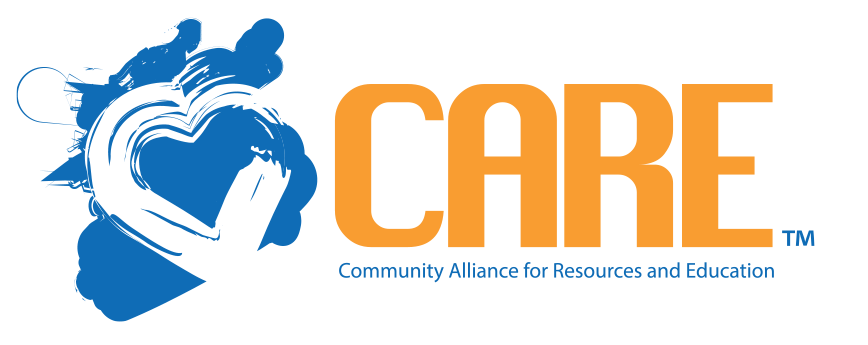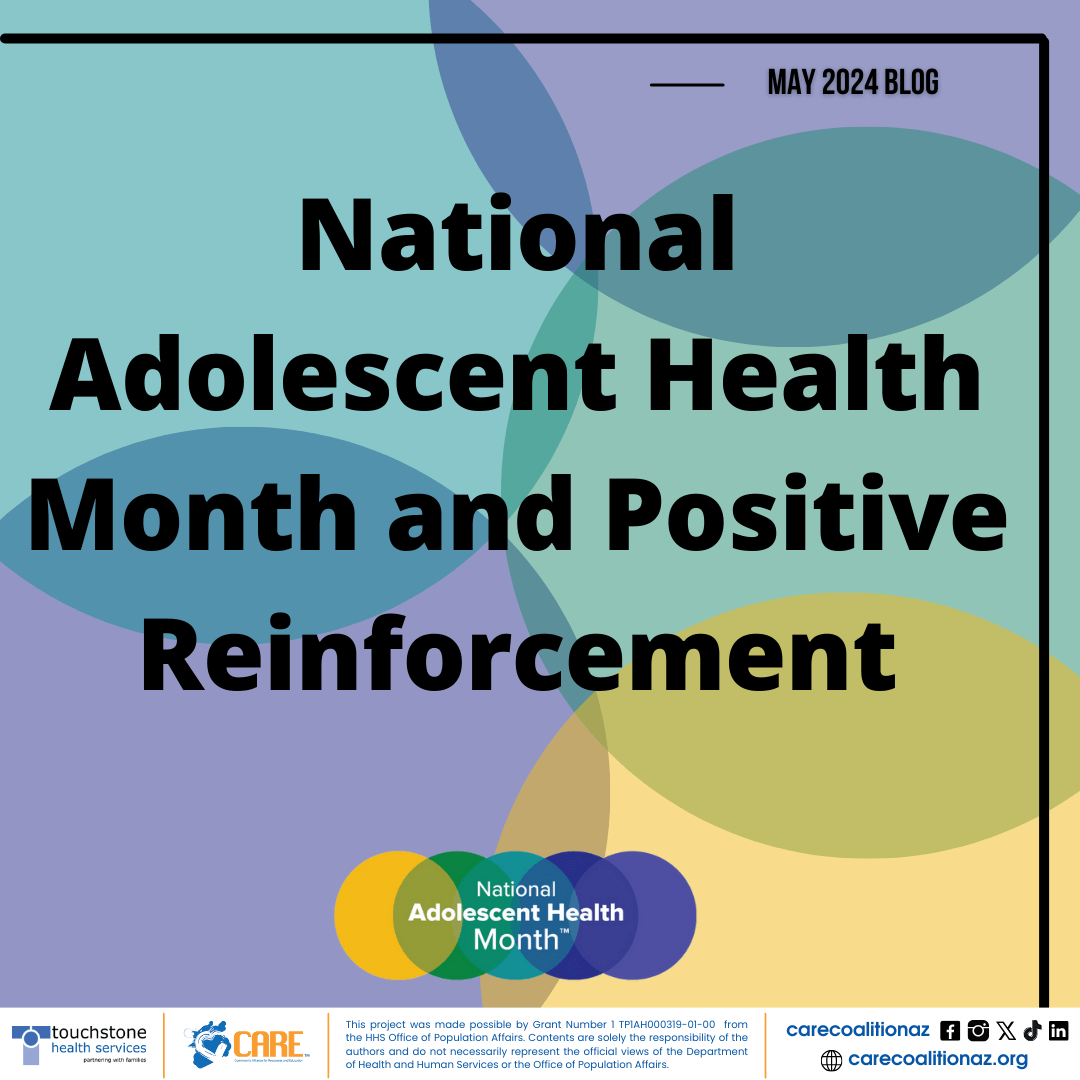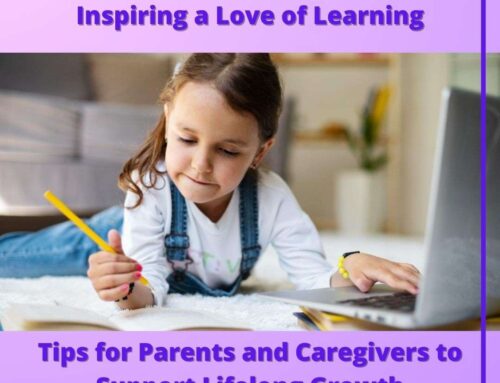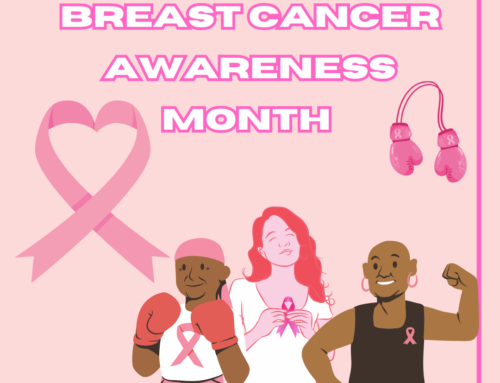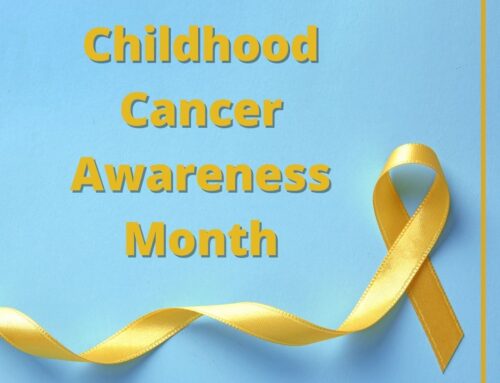National Adolescent Health Month and Positive Reinforcement 2024
Greeting readers!
This month is National Adolescent Health Month (NAHM)! This month, CARE will be sharing various ways in which people can make a difference in youth’s lives. Like before, we are following multiple themes and action steps community members use today to positively impact a youth’s life. They are:
To learn more follow us on all our social media platforms @carecoalitionaz to see what action steps you can take today! Check out our previous NAHM blog from last year for additional information.
Another way youth development can be fostered is through positive reinforcement. Let’s take a deep dive into the world of positive reinforcement and how both caregivers and educators can adopt it to create an environment that fosters motivation and excitement for learning.

Positive reinforcement is about giving rewards to make good behaviors stick around. Instead of always pointing out mistakes, this way of thinking focuses on saying “Wow, good job!” when your youth has done something right. This positive approach emphasizes the recognition and reinforcement of positive behaviors. The idea of positive reinforcement can be simple: when individuals are acknowledged and rewarded for their effort, they are more likely to repeat those behaviors.
B.F. Skinner, a renowned psychologist, played a significant role in the development of behaviorism and in popularizing and understanding positive reinforcement. The basic principles of reinforcement were recognized and studied by psychologists before him. However, Skinner’s work contributed significantly to the development and application of condition. (Rumfola, 2017)
Positive reinforcement plays a big role in childhood development, both mentally and emotionally. Adopting positive reinforcement in our daily lives promotes positive and optimal adolescent health! Positive reinforcement has been linked to improving student behavior and social skills in a classroom environment. By creating a supportive environment that emphasizes the Importance of positive reinforcement, youth are more likely to develop healthy coping mechanisms and resilience, which may lead to better emotional regulation and reduced stress. (Diedrich, 2010)
Positive Reinforcement in Schools
Positive Reinforcement in Homes
By implementing positive reinforcement in a classroom or home setting in daily activity, caregivers and educators can create a positive environment where their youth feel motivated and excited about learning. Positive reinforcement is a widely used technique in creating a healthy and positive environment. Many of our upcoming parenting classes include key aspects of positive reinforcement highlighting to empower caregivers and educators in a supportive environment.
Here’s how YOU can a Prevention Partner:
References:
The Office of Population Affairs (OPA), 2024: https://opa.hhs.gov/nahm
Jennifer L. Diedrich, Motivating Students Using Positive Reinforcement, 2010: https://soar.suny.edu/handle/20.500.12648/5977
Lindsey Rumfola, Positive Reinforcement Positively Helps Students in the Classroom, 2017: https://core.ac.uk/download/pdf/233575937.pdf
Helen Timperley & John Hattie, The Power of Feedback, 2007: https://www.columbia.edu/~mvp19/ETF/Feedback.pdf
